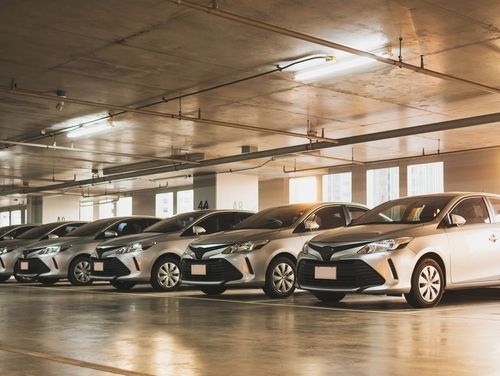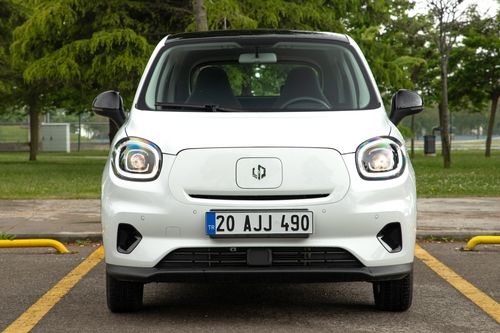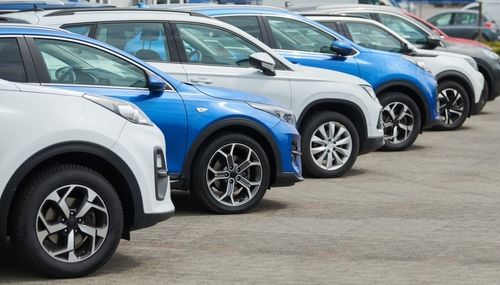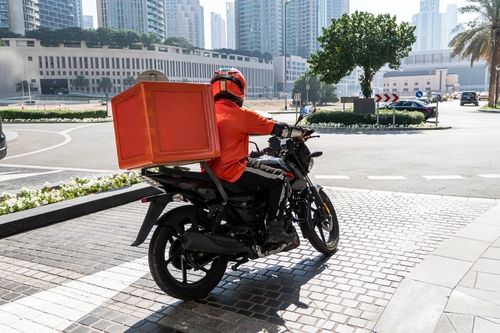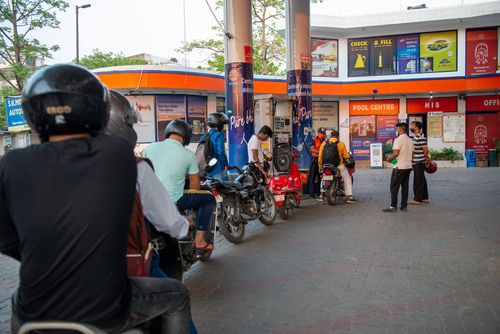Checklist Before Buying a Motor Insurance Policy
Written by Upstox Desk
Published on June 06, 2025 | 5 min read

While renewing his car insurance, Abhay was offered an IDV of ₹16 lakhs. He had purchased the car only two years ago for ₹35 lakhs. He thought that accepting the quote with such a low IDV could be quite risky in the event of theft or the vehicle's complete loss. When he requested a higher IDV from the insurance company, the premium amount increased significantly.
Abhay also wanted to include some add-ons in the policy to expand its coverage. However, he did not want to raise the premium any further and wanted to exclude anything that unnecessarily increased the cost. Abhay wished there was a checklist of things he could tick before renewing or buying a motor insurance policy.
People often make the mistake of choosing the cheapest option while browsing for motor vehicle insurance. It is a common tendency that the most economical option attracts vehicle owners. We often ask ourselves: Is it just a legal requirement, after all? The probability of making a claim is too low; I always drive carefully, and I really don't need insurance.
However, all these things matter little when you are involved in an accident and are faced with heavy repair and legal bills. Whether you drive a car or ride a two-wheeler, the right motor insurance policy is your financial shield against accidents, theft, and unforeseen damages. However, with numerous options, add-ons, and each company’s impressive quotes and promises, it's easy to become overwhelmed. Let us prepare a checklist to help you make an informed decision when renewing or purchasing a motor vehicle insurance policy.
Know Your Vehicle and Its Usage
Your insurance needs assessment starts with understanding your vehicle and the overall usage. For instance, if you have a two-wheeler, do you use it as a commuter or just for Sunday breakfast rides? If you have a car, do you drive it to your office daily, or do you work from home and use it only for short commutes within the city?
You need to ask these questions and answer them by yourself. Additionally, the type of vehicle, such as a hatchback, SUV, scooter, or sports bike, has a direct impact on the premium, add-on suitability, and claim amount. If you have a high-end vehicle, the premium will be higher, and so will your care for it. Be honest while answering the questions, as it will help you avoid under- or overinsurance.
Understand the Type of Motor Insurance
Without getting too much into the technical jargon, let us understand it quickly. If you are renewing motor insurance solely for legal compliance, or you have an old vehicle with virtually no market value left, it is recommended that you opt for third-party liability insurance only.
However, for wider protection of your vehicle, we recommend opting for a comprehensive motor vehicle insurance policy that covers own damage, theft, natural disasters, and other related risks.
Check the Insured Declared Value (IDV)
Do not get too excited if your insurance company offers you a low premium after a couple of years, especially on renewal. Always check the IDV, which is the amount that the insurance company is obligated to pay you in the event of a complete loss (such as theft or irreparable damage to the vehicle). If it is too low, you might be paying a lower premium, but its coverage would also be too low in case of a worst-case scenario. Always opt for a realistic and fair IDV.
Always Compare Premiums
The cheapest plans most often have lower IDVs, limited coverage, higher deductibles, or poor claim support. Always use trusted comparison tools (like Upstox) to evaluate premiums, customer reviews, and the overall performance of your prospective insurer. If your insurance company offers bundled coverage, you can always opt for it.
Add-On Covers
Add-ons help you enhance your policy's coverage, but choosing too many can result in a higher premium. When selecting them, always consider whether you really need them.
For instance, if you live in a dry climate region, opting for an engine protection cover is not recommended, as the chances of waterlogging and flooding are low. Let us assess which add-ons are quite critical and the ones you can choose based on the usage and location of your vehicle:
| Add-On Cover | Cars | Two-Wheelers |
|---|---|---|
| Zero Depreciation | No deduction on part replacements during claims | Not commonly offered for bikes |
| RSA (Roadside Assistance) | Towing, fuel, flat tyre help, emergency repair | Available in select plans, useful for long rides |
| Engine Protection | Covers hydrostatic lock, water ingression | Not offered generally |
| Return to Invoice | Get the invoice value in case of total loss/theft | Might be available for high-end superbikes, but not for commuter bikes |
| Pillion Rider Cover | Not Applicable | Covers co-passenger injuries/death |
| Helmet Cover | Not Applicable | Reimbursement for a damaged or stolen helmet; some insurers cover up to ₹10,000 |
| NCB Protection | Retain the bonus despite a claim | Offered selectively |
*Note: This list is just for reference. You must evaluate your exact motor insurance requirements and choose the add-ons that suit you.
Understand Exclusions and Claims Process
Always ask your insurer about what is not covered in your policy. Having a negative list helps you understand the coverage better. Common exclusions include driving without a valid license, alcohol-related incidents, racing, and wear and tear. Also, consult your insurance company about the claims process so you don't panic during an accident or mishap.
Summing up
Motor insurance isn’t just paperwork; it's your safety net. Before making a purchase, understand what is and is not covered. Avoid surprises by checking exclusions, claim steps, and garage networks. Whether it’s a scooter or a sedan, making an informed choice today ensures smooth claims and stress-free drives tomorrow.
FAQs
-
What is the most important thing to check before buying insurance?
Verify that the coverage aligns with your vehicle type and usage.
-
Can I transfer my No Claim Bonus (NCB) to a new insurer?
Yes, NCB is transferable even when you switch to a new insurer.
-
Is third-party insurance enough for my new bike or car?
It’s legal enough, but comprehensive coverage is recommended for better protection.
-
How do I file a claim under motor insurance?
Notify the insurer, submit documents, get an inspection done, and await approval.
About Author
Upstox Desk
Upstox Desk
Team of expert writers dedicated to providing insightful and comprehensive coverage on stock markets, economic trends, commodities, business developments, and personal finance. With a passion for delivering valuable information, the team strives to keep readers informed about the latest trends and developments in the financial world.
Read more from UpstoxUpstox is a leading Indian financial services company that offers online trading and investment services in stocks, commodities, currencies, mutual funds, and more. Founded in 2009 and headquartered in Mumbai, Upstox is backed by prominent investors including Ratan Tata, Tiger Global, and Kalaari Capital. It operates under RKSV Securities and is registered with SEBI, NSE, BSE, and other regulatory bodies, ensuring secure and compliant trading experiences.


















